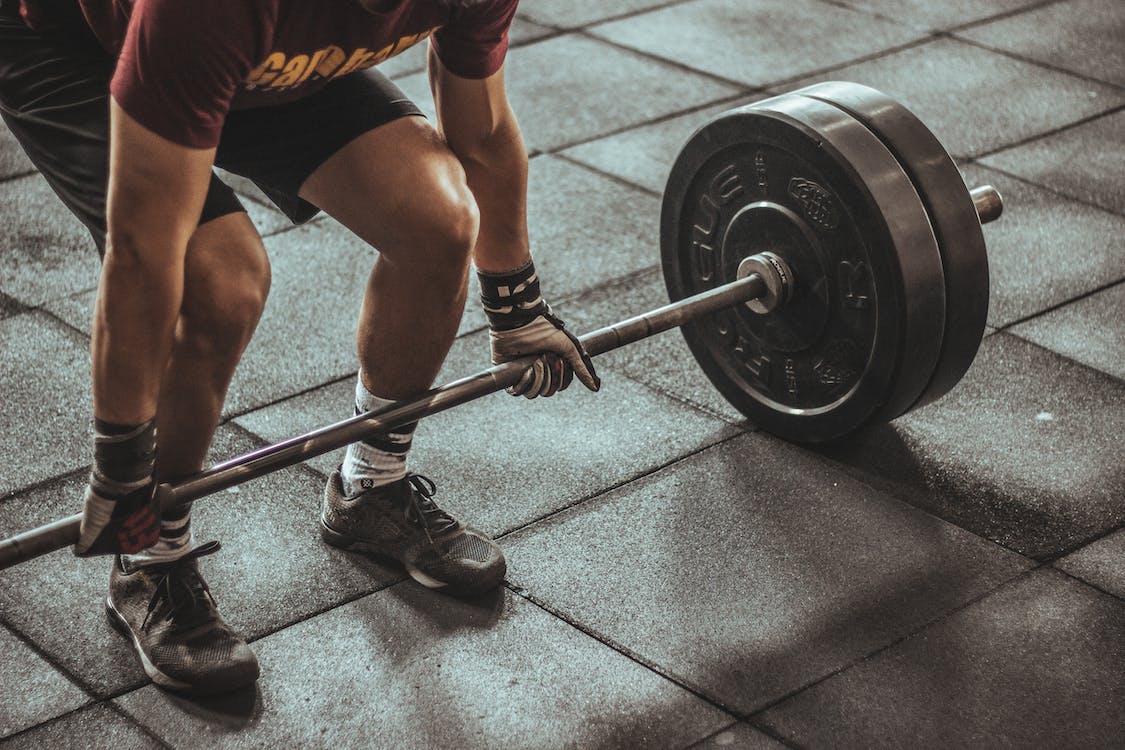On Wednesday, May 15, 2024 from 5:30pm - 6:30pm, we are hosting a FREE Foot Pain Workshop [ Online
] - Click here for more info
May 3, 2023

Loss of strength is often a major contributor to a wide variety of disease and complaints that causes patients to access healthcare. Weakness can contribute to many issues from aches/pains/strains to a lack of resiliency that contributes to illness and hospitalization. Physical Therapists are trained in methods to address weakness and help guide you on the path to avoid many of these issues. However, when many people think of PT and strengthening, they are stuck on the notion of small dumbbells and resistances bands versus heavier, progressive strength training.
When looking for an optimal strength training exercise, it should be functional, safe, and allow the client to be progressively challenged to trigger an adaptive response. Meaning, it should mimic something that we do on a frequent basis, bring together many muscle groups to create what is called a synergy, have safe technique that allows for optimal performance, and trigger the strengthening reaction in your body that will allow you to make gains. For many people, a deadlift fits the bill very well.
When many rehab PT clients hear the term deadlift, they think of power lifters and the World’s Strongest Man competitions. However, a deadlift is a far more everyday task than you might think. Every time you bend down to pick something off the floor, you are working at least some of the muscles involved in a deadlift. A deadlift is a great way to train a more realistic version of the old adage of “lift with your legs and not with your back,” which should really read “lift with your everything, but make sure your legs and hips are doing their job.” There are multiple variations of the lift using different resistance methods, positions, and ranges of motion to allow this versatile lift to meet just about everyone where they are at.
Benefits of the deadlift include: stronger glutes (buttock muscles) and hamstrings (the back of the thigh), a more protected and stronger lower back, increased postural control, improved mobility, better grip strength, and better whole-body muscle function. As the load is progressed, a lot of clients are surprised by the amount of cardiovascular conditioning that comes from doing the lift.
Deadlifts are also great in their versatility, as noted above. In the gym we have numerous tools to use to load the body: barbells, dumbbells, kettlebells, resistance machines, bands. At home something as simple as a collection of household items in a tote bag or laundry basket can be used to give this exercise the ultimate functional spin. The key is to get familiar with the movement, optimize how your body goes through that movement, and then progress the load. Our bodies respond to stresses: both positive and negative. Progressive, positive stress via a deadlift can cause that miraculous adaptive response that results in better function, improved strength, increased safety, and a return to what you want and need to be able to do.
Interested in getting stronger and more capable? Talk to your New Life PT about what strength training, including deadlifting, can do for you.